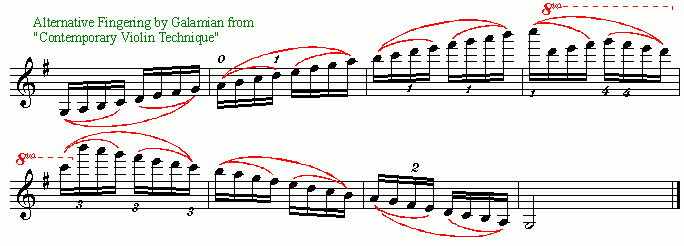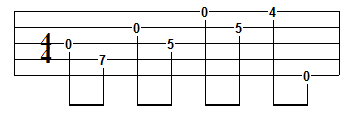


So far, we’ve explored what a 2-5-1 chord progression is and from where it comes. Minor 2-5-1 7th Chord Exercises (Level 2)Ģ-5-1 Chord Progression: 5 Levels from Beginner to Pro.In addition, the 5-chord can be any of the altered dominant varieties.Ĭheck out the following PWJ resources to master 2-5-1 progressions with 7th chords in all twelve major and minor keys:

The 1-chord can also be a major 6th chord, a minor 7th chord or a minor 6th chord. In particular, the 2-chord may be a half diminished chord or a dominant 7th chord. However, 2-5-1 progressions frequently mix and match various chord qualities. These are the chord qualities that occur naturally in a 2-5-1 progression. In other words, a minor 7th chord for the II, a dominant 7th chord for the V, and a major 7th chord for the I. When we write a harmonic analysis as IIm7→V7→Imaj7, we are further describing the quality of each chord. Using the diagram above, what numeric labels would you assign to the chord progression: Dm7→G7→Cmaj7? That’s right!…II→V→I. The number system allows us to describe how chords within a progression are related to one another. When we analyze chords numerically according to a key center, we gain a better understanding of their harmonic function.


 0 kommentar(er)
0 kommentar(er)
